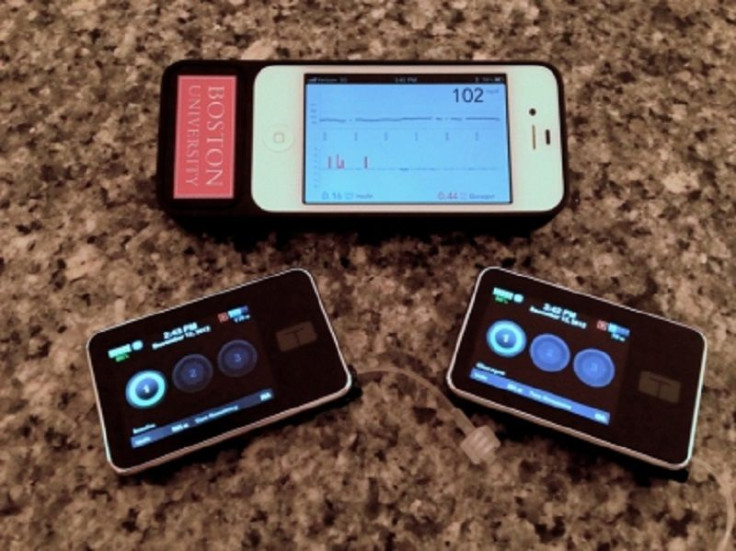Bionic pancreas operated by iPhone provides better control of type 1 diabetics’ glucose level

While University of California Davis researchers are still experimenting with growing human pancreas in chimeras, type 1 diabetics could use, in the meantime, a portable biotic bihormonal pancreas. Using the device with a modified iPhone correctly regulates blood sugar levels.
Using the portable biotic bihormonal pancreas removes the need for type 1 diabetics to monitor their glucose levels frequently in comparison to using insulin pumps, reports Westsidestory. In two test trials involving adults and teenager – who usually need two times the amount on insulin injections compared to adults – the teens needed to manually intervene only 0.8 times compared to 1.6 times if they were exclusively using insulin pumps.
Insulin pumps, used by around one-third of Type 1 diabetics in the US, do not account for small changes in blood sugar levels and do not give glucagon. The new device, developed by Edward Damiano, associate professor of biomedical engineering at Boston University in Massachusetts, does both things.
It uses tiny infusion points under the skin of a patient to send information about the person’s hormonal levels to an iPhone every five minutes which would be computed. According to Damiano, who presented the results of a study at the American Diabetes Association 76th Scientific Sessions on the second week of June, when used in a home setting, the device reduces mean blood glucose and hypoglycemia in adult type 1 diabetics.
He explains that while insulin is a spectacular substance that spells the difference between life and death for patients with the chronic ailment, “Insulin administration is not prescriptive.” Damiano points out that insulin is not like taking a pill in which the dose that worked before would not work currently.
He stresses that insulin is not a cure, and the risk for hypoglycemia with insulin administration is worrisome. “When you’re using insulin, you have a very narrow therapeutic range, and a small dose of insulin can be deadly,” the professor warns.
But Damiano, who develop the gadget in 2000 when his 11-month-old son, David, developed type 1 diabetes, admits the device in its current form is not ideal. He and his colleagues have built a commercial platform and partnered with Beta Bionics – where Damiano is co-founder, shareholder and board member – to develop a more stable glucagon analog. They hope the device would be ready for clinical trial in the later part of 2016, reports Endocrinology Advisor.
VIDEO: Developing the Bionic Pancreas





















